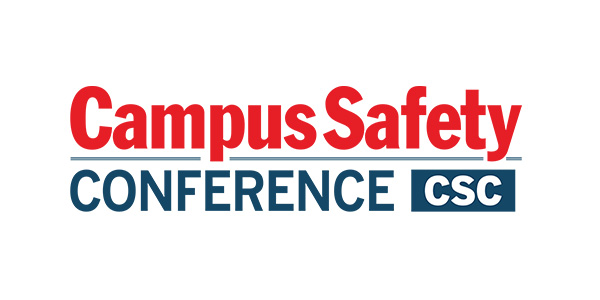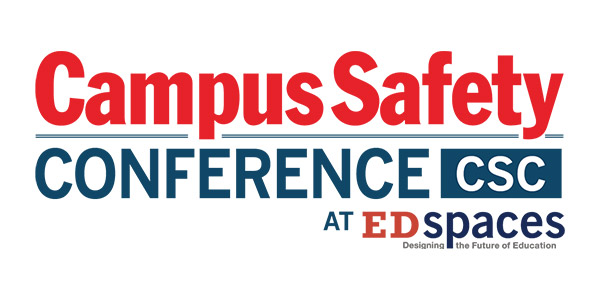Campus administrators and safety and security personnel will need to develop a comprehensive all-hazards emergency management plan. Any potential project submitted to a grant program for those purposes must incorporate the framework of the four phases of emergency management: prevention-mitigation, preparedness, response and recovery. (See Components of a Successful Campus Emergency Management Grant Application at the end of this article.)
Assessments Prepare You for the Application Process
Institutions of higher education (IHS) seeking to obtain funding from programs for emergency management type improvements or activities need to undertake and execute an important first step. A proper threat and vulnerability needs assessment must be performed, as this becomes the basis and the justification for the grant being awarded. It will form the outline of your project, and the application and program should seek to fill the gaps identified during
that assessment process.
This assessment establishes the institution’s “need,” and competition for these available dollars is based upon need. This assessment can separate and raise an institution’s priority in this program considerably, if performed correctly and competently. There are numerous reputable firms that can perform these assessments.
Public Safety Grants Require Specialized Expertise
Applying for grant funding for these types of needs is very often a foreboding task in comparison to the routine grant funding that most IHEs seek annually. We often find that students in our classes, whose primary focus has been writing for IHE research program grant funding, are often intimidated by this process, which requires a different format and approach when seeking to resolve homeland security issues. Exposing campus grant writers to the industry specific techniques used within homeland security funding programs, prior to them beginning the application process, often helps in developing a successful grant application strategy. The need to properly educate your established grant writers should not be ignored.
Grant programs have been around for decades and will continue to survive tough economic times. Everyone needs to take a step back and realize that grant funding dollars come from tax based revenues. Rest assured that the government has no intention of stopping it collection of taxes. The grant programs are how the government puts that money back into play, so as long as there are taxes, there will be grants. Competition for the funding will be increasingly competitive, so those of you who properly prepare now will continue to gain supplemental funding support.
Just remember that failure to properly plan is most assuredly a plan to fail.
Components of a Successful Campus Emergency Management Grant Application
To win a grant, a campus emergency management project must:
- Train campus staff, faculty, and students in proper emergency management procedures
- Promote and incorporate interoperability with local and state government emergency management efforts in compliance with NIMS edicts
- Ensure coordination of planning and communication between all relevant components, offices and departments of the campus
- Develop a written plan with procedural protocols covering medical, mental health, communication, mobility, and emergency needs of persons with disabilities, as well as for those individuals with temporary special needs or other unique needs (including those of language or cultural barriers)
- Plan in preparation for infectious disease or pandemic outbreaks
- Develop or enhance a written plan for preventing violence on campus through the formation of assessment teams that address the mental health needs of students, staff and faculty who may be at risk of causing violence
- Develop or update a written plan for campus-wide continuity of operations that will allow the campus to properly respond to and to recover after a major critical incident, should one occur
Any successful grantee must enhance their current emergency management capability in a wide number of areas. Areas that should be incorporated into any application for this funding should include:
- Garnering support and buy-in from top leadership within the institution
- Training campus faculty, staff and students in emergency management procedures and response
- Coordinating planning across all relevant components, offices and departments of the campus as well as within the local community
- Coordinating with local and state government emergency management efforts
- Supporting the implementation of the National Incident Management System (NIMS)
- Pre-establishing roles for faculty, staff, students and first responders
- Creating Web-based emergency management portals for information sharing on campus
- Conducting drills and exercises with faculty, staff, students and community partners
- Completing comprehensive vulnerability assessments of campus facilities
- Purchasing emergency equipment and technology necessary to improve overall campus safety and preparedness (but not as a majority of the requested funding)
Kurt Bradley is a senior consultant for First Responder Grants, Inc. (www.firstrespondergrants.com ). He is a nationally recognized consultant in first responder and public safety agency grant funding and is a retired public safety administrator with 25 years of experience.. He can be reached at [email protected] or 863-551-9598.
Related Articles:
- 12 Common Mistakes Campuses Make When Applying for Grants
- The Stimulus: Take the Steps to Get Your Share
- Campus Safety Grant Strategies: Your 1st Steps
- When Responding to Grant RFPs, Give Them What They Want
- Finding Funds for Your Equipment, Programs and People
Note: The views expressed by guest bloggers and contributors are those of the authors and do not necessarily represent the views of, and should not be attributed to, Campus Safety magazine.






